Home>Furniture & Design>Bathroom Accessories>How High Should Shower Grab Bars Be?
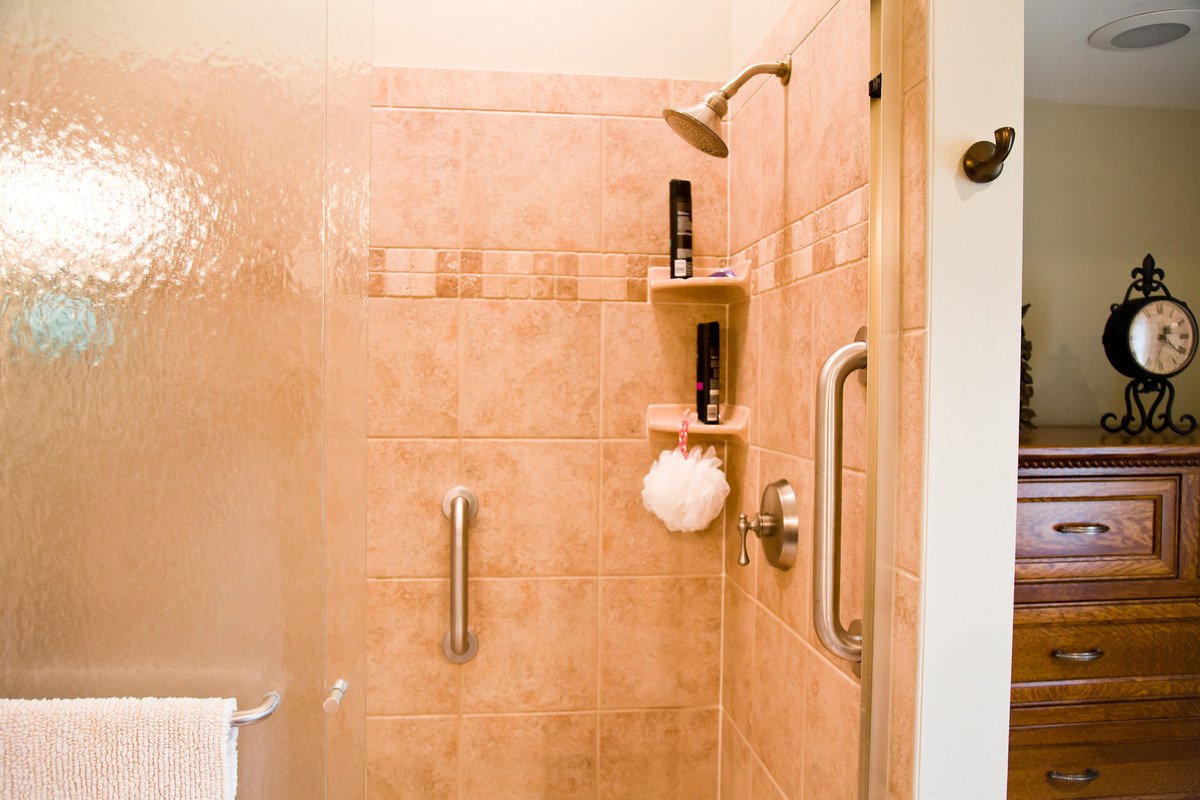

Bathroom Accessories
How High Should Shower Grab Bars Be?
Modified: March 6, 2024
Discover the ideal height for shower grab bars and other essential bathroom accessories to ensure safety and convenience. Learn more about bathroom-accessories installation and best practices.
(Many of the links in this article redirect to a specific reviewed product. Your purchase of these products through affiliate links helps to generate commission for Storables.com, at no extra cost. Learn more)
Introduction
When it comes to bathroom safety, grab bars play a crucial role in providing support and stability, especially in the shower area. These simple yet essential bathroom accessories can make a significant difference in preventing slips and falls, particularly for individuals with limited mobility or balance issues. Understanding the optimal height for installing shower grab bars is fundamental to ensuring their effectiveness and maximizing safety.
The placement of shower grab bars is not a one-size-fits-all approach. It requires careful consideration of various factors, including the user's height, mobility limitations, and personal preferences. By addressing these considerations and adhering to industry standards, homeowners and caregivers can create a safer and more accessible shower environment for everyone.
In this comprehensive guide, we will delve into the recommended standard height for shower grab bars, explore the factors that influence their positioning, and provide valuable installation tips. Whether you are renovating a bathroom to accommodate aging in place or simply seeking to enhance safety, this article will equip you with the knowledge needed to make informed decisions about shower grab bar placement. Let's embark on this journey to discover the optimal positioning of shower grab bars and empower individuals to enjoy a secure and comfortable bathing experience.
Key Takeaways:
- Shower grab bars should be installed between 33 to 36 inches above the shower floor to provide essential support for individuals of varying heights and mobility needs, promoting safety and accessibility in the bathroom.
- Customizing grab bar height based on user preferences, mobility limitations, and future accessibility needs ensures a tailored and secure shower environment, enhancing the bathing experience for individuals with diverse requirements.
Standard Height for Shower Grab Bars
The standard height for shower grab bars is a critical consideration when aiming to optimize safety and accessibility in the bathroom. According to industry guidelines and best practices, the recommended height for installing shower grab bars is typically between 33 to 36 inches above the finished shower floor. This range is designed to accommodate a diverse range of users, including those with varying heights and mobility needs.
The primary horizontal grab bar, often positioned along the back wall of the shower or bathtub, is typically installed at a height of 33 inches. This placement allows individuals to reach and grasp the bar comfortably while standing or sitting, providing essential support during showering or bathing activities. Additionally, a vertical grab bar, commonly located near the entrance of the shower or next to a built-in bench, is typically installed at a height of 36 inches. This higher positioning facilitates ease of use and stability when entering or exiting the shower area.
It's important to note that these standard heights serve as general recommendations and may need to be adjusted based on specific user requirements. For instance, individuals with mobility challenges or those who use mobility aids may benefit from customized grab bar placement to better suit their needs. Furthermore, considering the unique preferences and physical abilities of the primary user is crucial in determining the most suitable height for shower grab bars.
Adhering to the standard height guidelines for shower grab bars not only promotes safety but also ensures compliance with accessibility standards. By strategically placing grab bars within the recommended height range, homeowners and caregivers can create a supportive and inclusive shower environment that caters to individuals of varying ages and abilities.
In summary, the standard height for shower grab bars, typically ranging from 33 to 36 inches above the finished shower floor, serves as a fundamental benchmark for promoting safety and accessibility. While these guidelines offer a solid foundation for installation, it's essential to consider individual needs and preferences when determining the optimal positioning of shower grab bars. By prioritizing safety and customization, homeowners and caregivers can create a secure and accommodating shower space that enhances the overall bathing experience.
Factors to Consider for Adjusting Grab Bar Height
When determining the appropriate height for installing shower grab bars, several factors should be taken into account to ensure optimal functionality and user comfort. Customizing grab bar height based on specific considerations can significantly enhance safety and accessibility in the shower area. Here are the key factors to consider when adjusting grab bar height:
User Height and Reach
The height and reach capabilities of the primary user play a pivotal role in determining the ideal placement of shower grab bars. For individuals of shorter stature, lowering the grab bar height within the recommended range of 33 to 36 inches can facilitate easier access and a secure grip. Conversely, taller individuals may benefit from slightly higher grab bar positioning to align with their natural reach and ensure comfortable usage.
Mobility Limitations
Understanding the mobility limitations and physical abilities of the intended users is crucial in customizing grab bar height. Individuals with mobility challenges, such as those using wheelchairs or walkers, may require lower grab bar placement to accommodate their seated position and facilitate seamless transfers in and out of the shower. By tailoring the grab bar height to address specific mobility needs, users can experience enhanced stability and confidence during bathing activities.
Personal Preferences
Taking into consideration the personal preferences of the user is essential for creating a tailored and user-centric shower environment. Some individuals may have a preferred height for grab bars based on their past experiences or comfort levels. By engaging in open communication and understanding the user's preferences, caregivers and homeowners can adjust grab bar height to align with the user's comfort and convenience, ultimately promoting a positive bathing experience.
Future Accessibility
Anticipating future accessibility needs is a proactive approach to customizing grab bar height. While addressing current requirements is essential, considering potential changes in mobility or physical capabilities can guide the adjustment of grab bar height to accommodate long-term usability. Installing grab bars at adjustable heights or incorporating reinforcement for future modifications can ensure that the shower area remains accessible and supportive as needs evolve over time.
Multi-User Considerations
In households with multiple users, each with varying heights and mobility needs, adjusting grab bar height to accommodate diverse users is paramount. Installing additional grab bars at different heights or incorporating adjustable mounting systems can cater to the individual preferences and requirements of each user, promoting inclusivity and safety for all occupants.
By carefully considering these factors and customizing grab bar height based on specific user needs, caregivers and homeowners can create a personalized and secure shower environment that prioritizes safety, accessibility, and user comfort. Customizing grab bar height based on these considerations not only enhances the functionality of the shower area but also fosters a supportive and inclusive bathing experience for all users.
Installation Tips for Shower Grab Bars
Proper installation is crucial to ensure the effectiveness and reliability of shower grab bars in enhancing bathroom safety and accessibility. By following these essential installation tips, homeowners and caregivers can create a secure and supportive shower environment for individuals with diverse mobility needs.
-
Locate Wall Studs: Before installing shower grab bars, it is imperative to identify and secure them to wall studs for maximum strength and stability. Using a stud finder, locate the position of the wall studs where the grab bars will be mounted. Attaching the grab bars to wall studs ensures that they can support the weight and provide reliable assistance during use.
-
Consider Reinforcement: In cases where wall studs are not conveniently positioned for grab bar installation, consider reinforcing the wall with additional support structures. This may involve installing wood blocking between the wall studs to create a secure anchoring point for the grab bars. Reinforcement enhances the overall strength of the installation, offering peace of mind and long-term reliability.
-
Use Proper Mounting Hardware: Selecting the appropriate mounting hardware is essential for ensuring the durability and stability of shower grab bars. Opt for high-quality screws and mounting brackets designed specifically for grab bar installation. Additionally, consider the material and finish of the hardware to complement the bathroom decor while maintaining functionality.
-
Adhere to Height Guidelines: As discussed earlier, adhering to the recommended height range for shower grab bars is crucial. Ensure that the grab bars are installed at the appropriate height, typically between 33 to 36 inches above the finished shower floor, to accommodate diverse users and promote accessibility. Customizing the height based on individual needs may also be necessary for optimal functionality.
-
Secure Mounting with Waterproof Sealant: To prevent water infiltration and ensure a secure installation, apply waterproof sealant around the base of the grab bars where they meet the wall. This additional step helps to create a watertight seal, protecting the wall surface and preventing moisture-related issues that could compromise the integrity of the installation over time.
-
Consider ADA Guidelines: For those seeking to adhere to accessibility standards, referencing the guidelines outlined by the Americans with Disabilities Act (ADA) can provide valuable insights into grab bar placement and installation requirements. While ADA guidelines are primarily focused on commercial facilities, they offer valuable principles for creating inclusive and accessible residential bathrooms.
-
Professional Installation Assistance: When in doubt or faced with challenging installation scenarios, seeking professional assistance from a qualified contractor or installer is advisable. Professional installers can ensure that grab bars are securely and accurately mounted, taking into account specific structural considerations and accessibility needs.
By following these installation tips, homeowners and caregivers can effectively enhance bathroom safety and accessibility through the proper installation of shower grab bars. Prioritizing secure mounting, adherence to height guidelines, and consideration of individual needs fosters a supportive and inclusive shower environment that caters to diverse users' requirements.
Conclusion
In conclusion, the optimal height for shower grab bars is a crucial element in promoting safety and accessibility within the bathroom environment. By adhering to the standard height range of 33 to 36 inches above the finished shower floor, homeowners and caregivers can create a supportive and inclusive shower space that caters to individuals of varying heights and mobility needs. This standard height not only aligns with industry guidelines but also serves as a fundamental benchmark for enhancing bathroom safety.
Customizing grab bar height based on specific considerations, such as user height and reach, mobility limitations, personal preferences, future accessibility, and multi-user considerations, allows for a tailored approach that prioritizes user comfort and functionality. By addressing these factors, caregivers and homeowners can ensure that the placement of shower grab bars aligns with the unique needs of the individuals using the shower, ultimately fostering a secure and accommodating bathing experience.
Furthermore, following essential installation tips, including locating wall studs, considering reinforcement, using proper mounting hardware, and securing mounting with waterproof sealant, is essential for the reliable and durable installation of shower grab bars. By paying attention to these critical details, individuals can create a bathroom environment that promotes safety and independence for users with diverse mobility requirements.
It is important to recognize that the installation of shower grab bars is not solely about meeting functional needs but also about fostering a sense of confidence and security for individuals using the shower. By customizing grab bar height and ensuring proper installation, caregivers and homeowners can contribute to a supportive and empowering bathroom environment that enhances the overall quality of life for users.
In essence, the thoughtful consideration of grab bar height, coupled with meticulous installation practices, plays a pivotal role in creating a bathroom space that prioritizes safety, accessibility, and user comfort. By embracing these principles, individuals can transform their bathrooms into secure and welcoming environments that cater to the diverse needs of all occupants, ultimately promoting independence and peace of mind.
Frequently Asked Questions about How High Should Shower Grab Bars Be?
Was this page helpful?
At Storables.com, we guarantee accurate and reliable information. Our content, validated by Expert Board Contributors, is crafted following stringent Editorial Policies. We're committed to providing you with well-researched, expert-backed insights for all your informational needs.
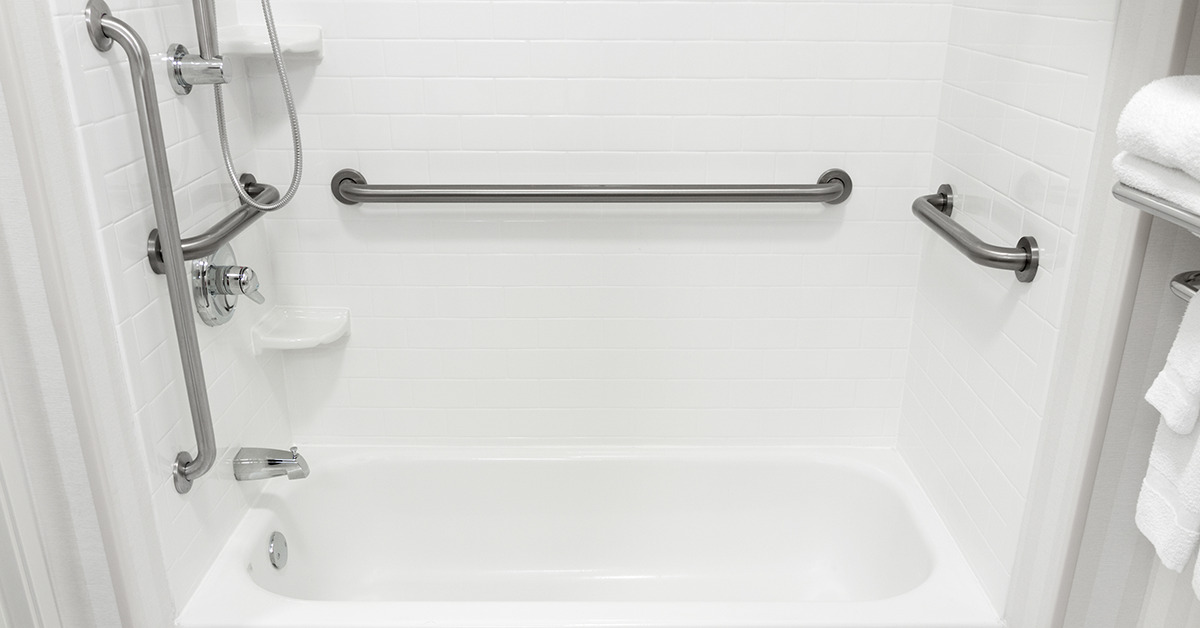
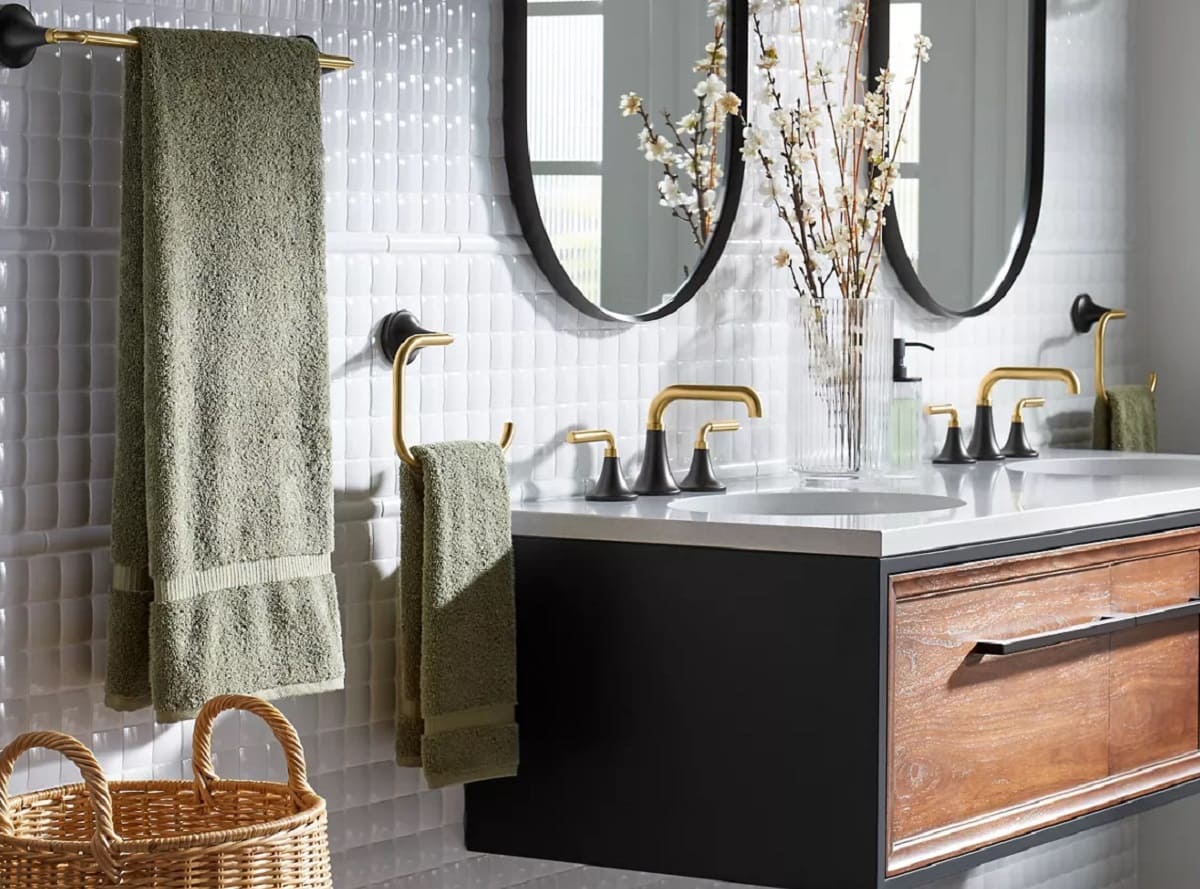
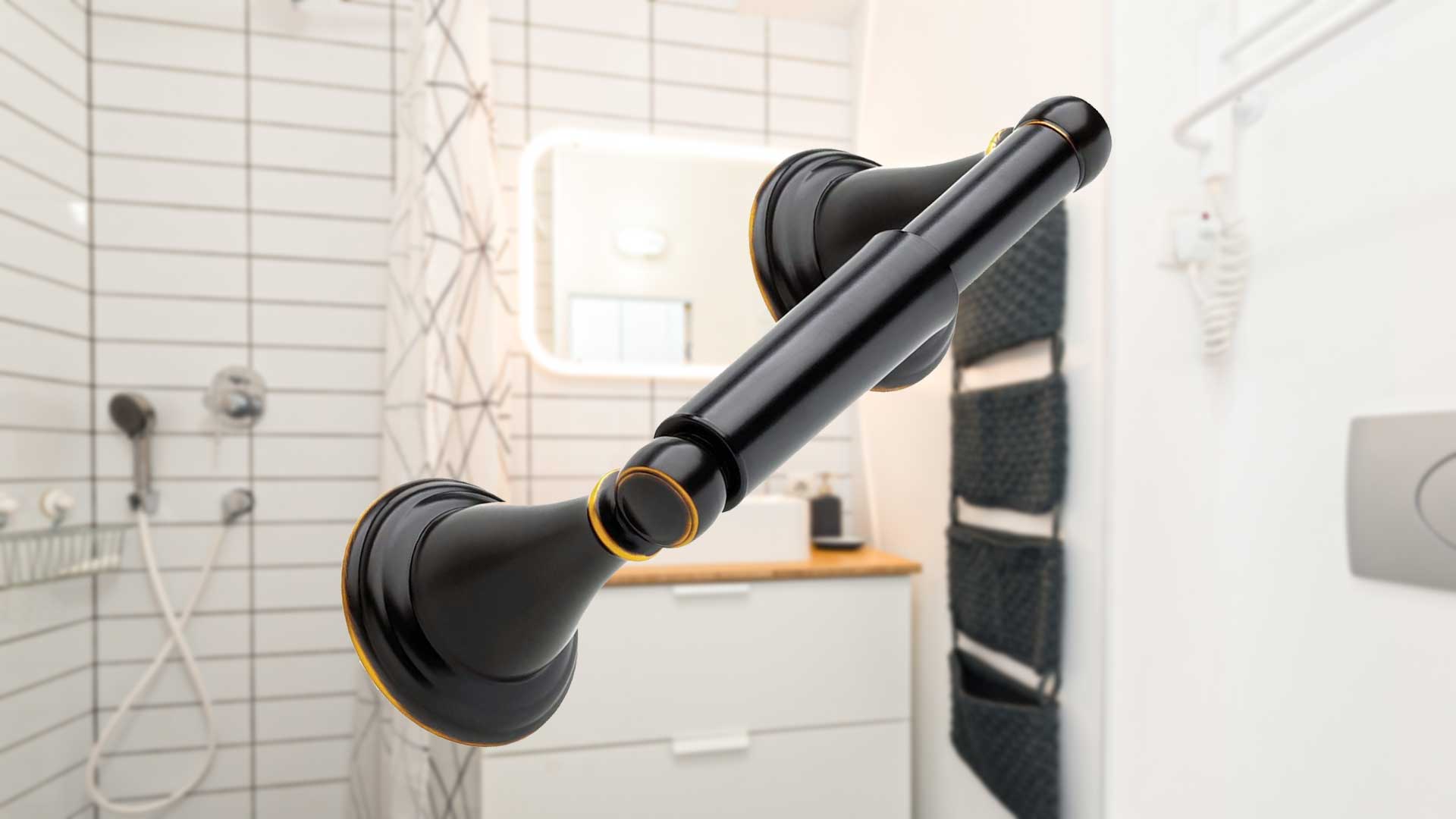
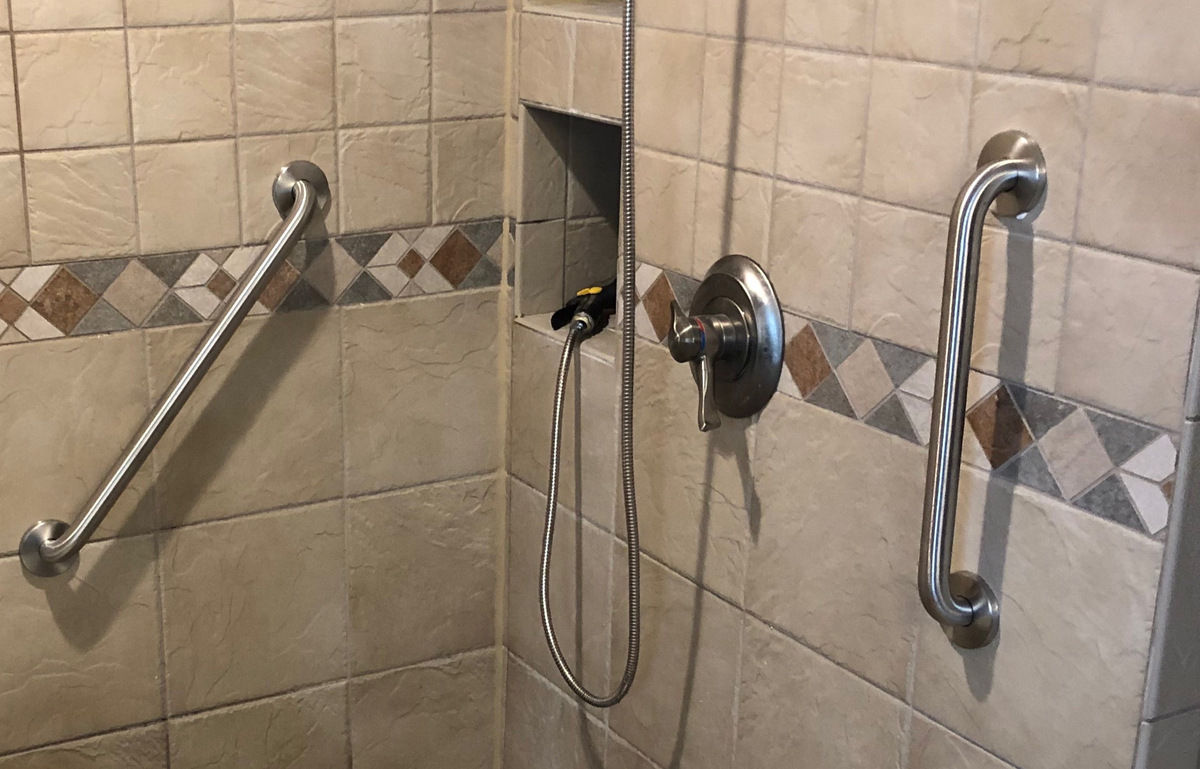
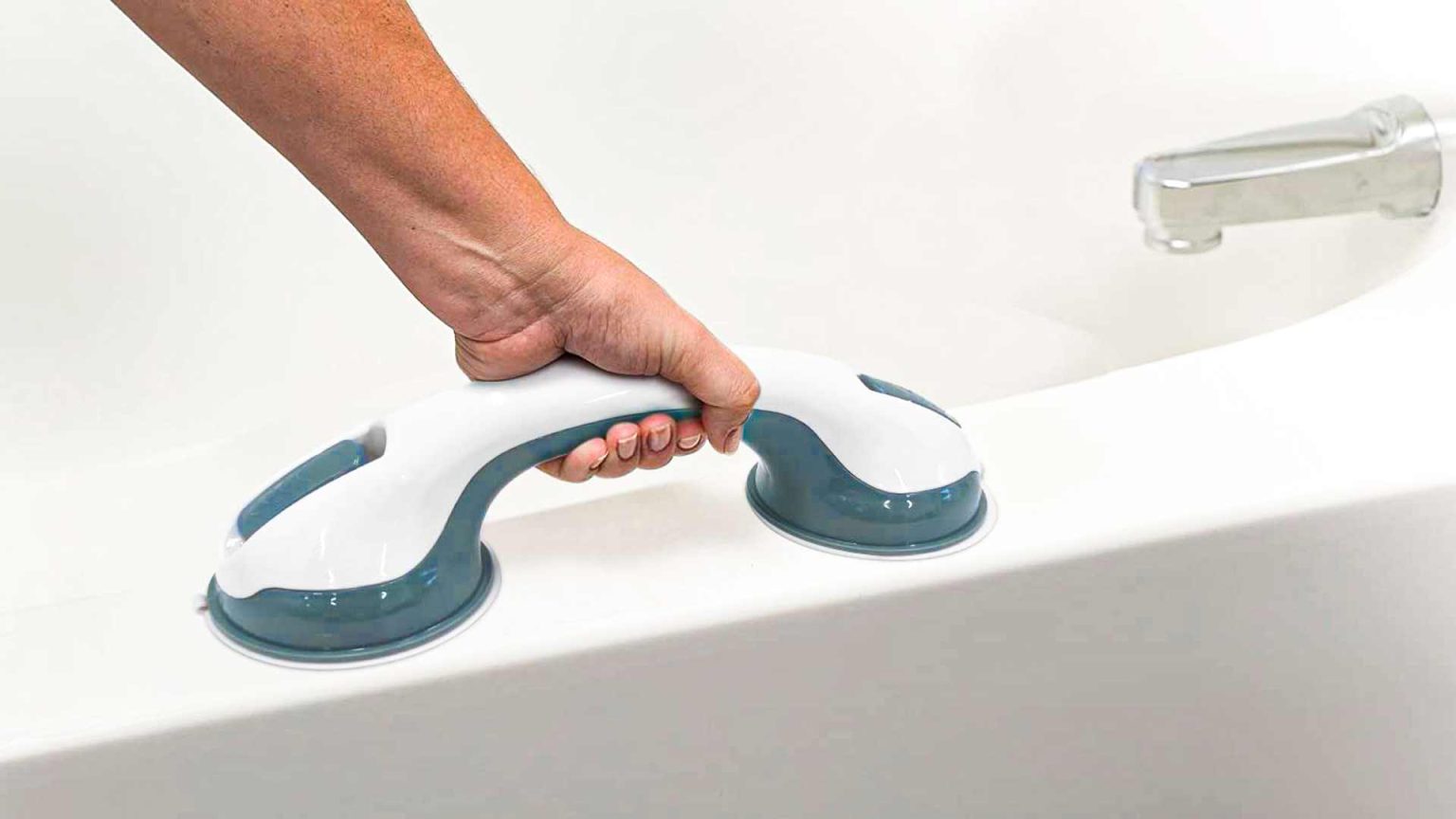
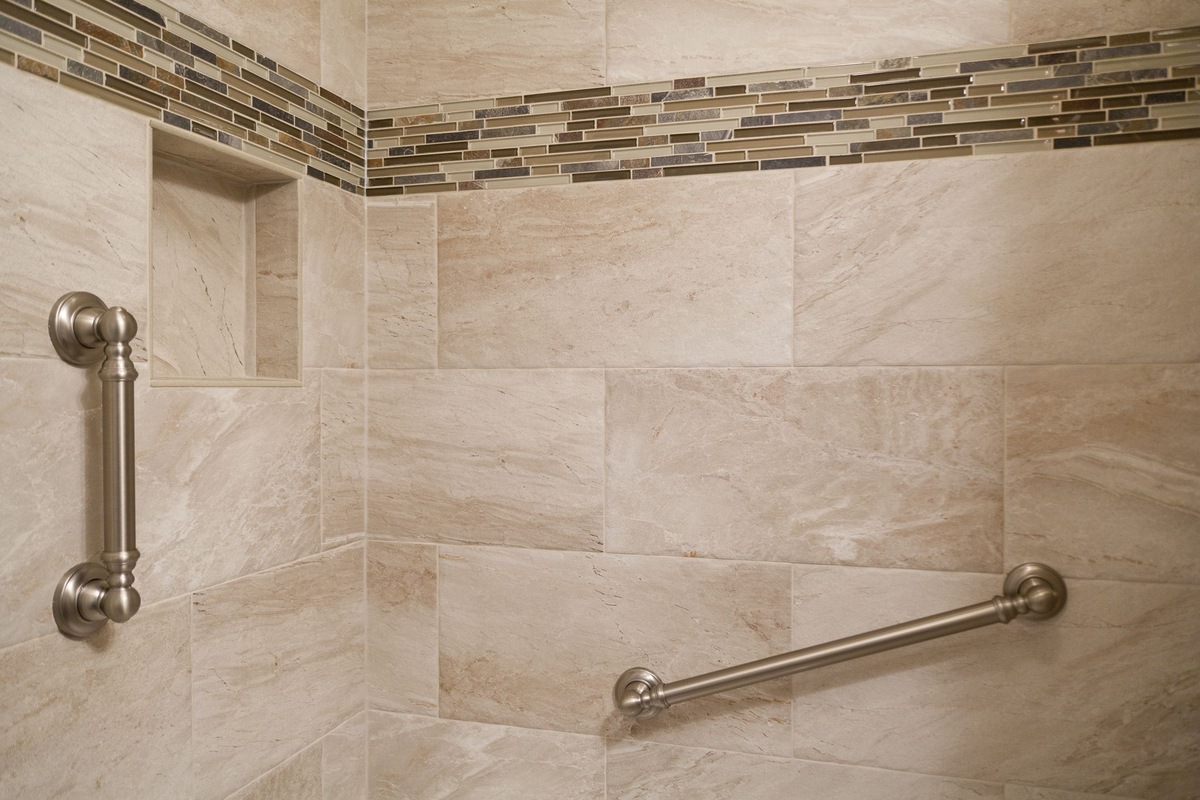
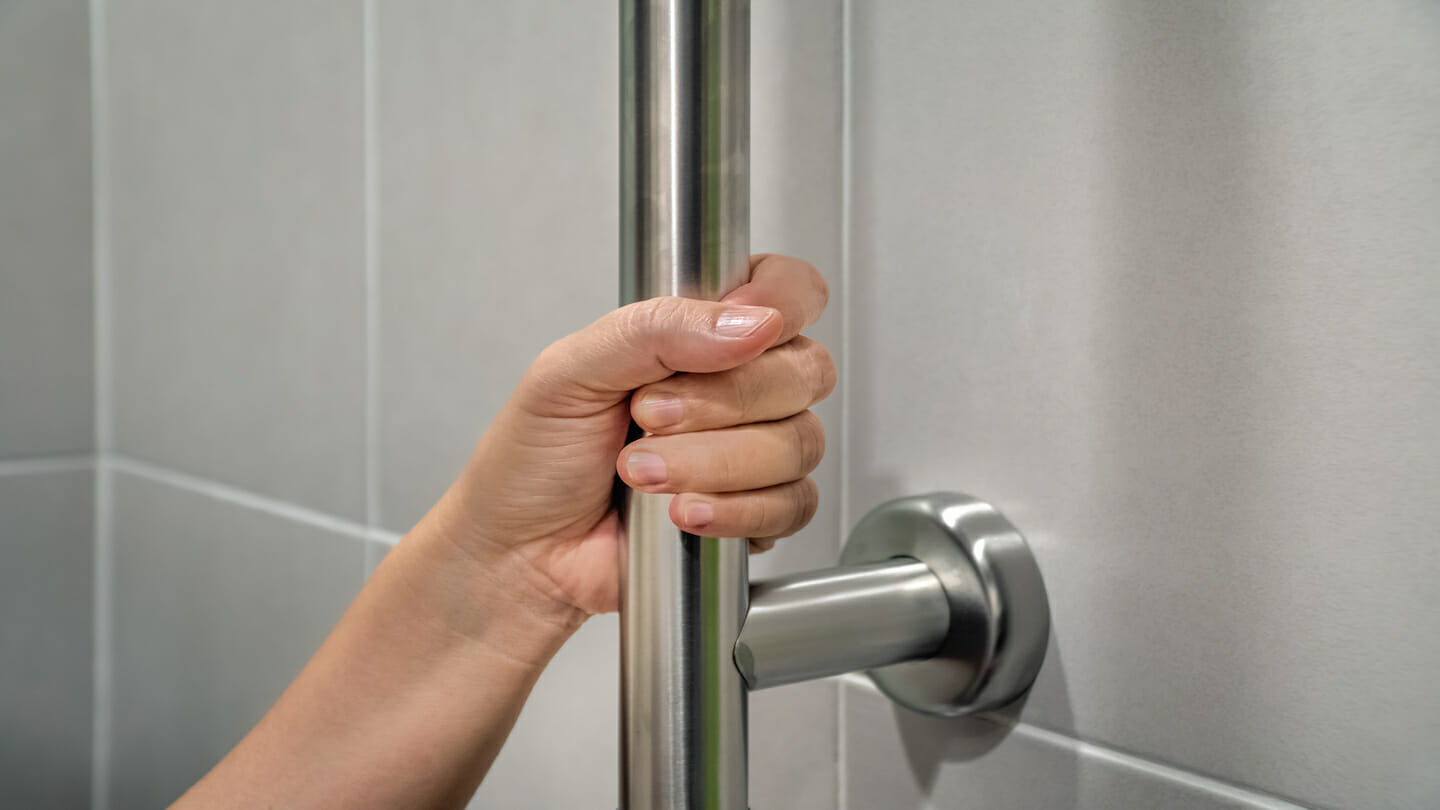
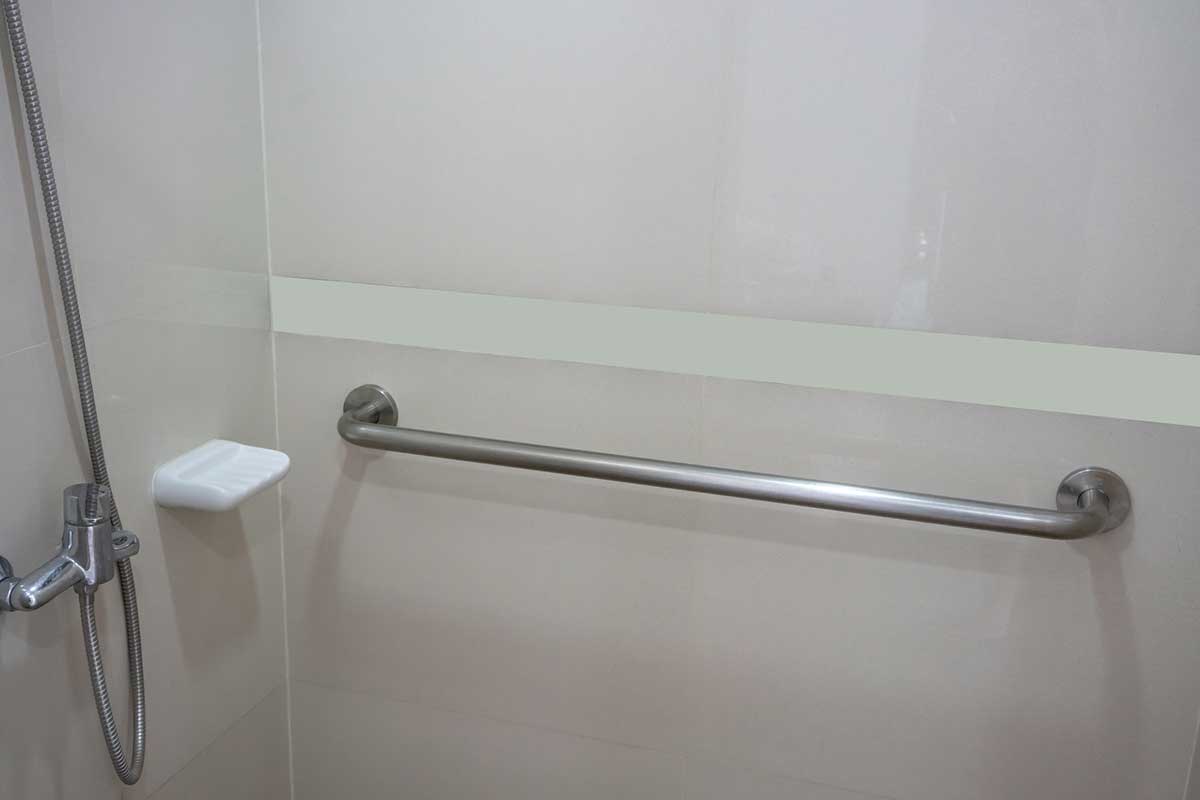
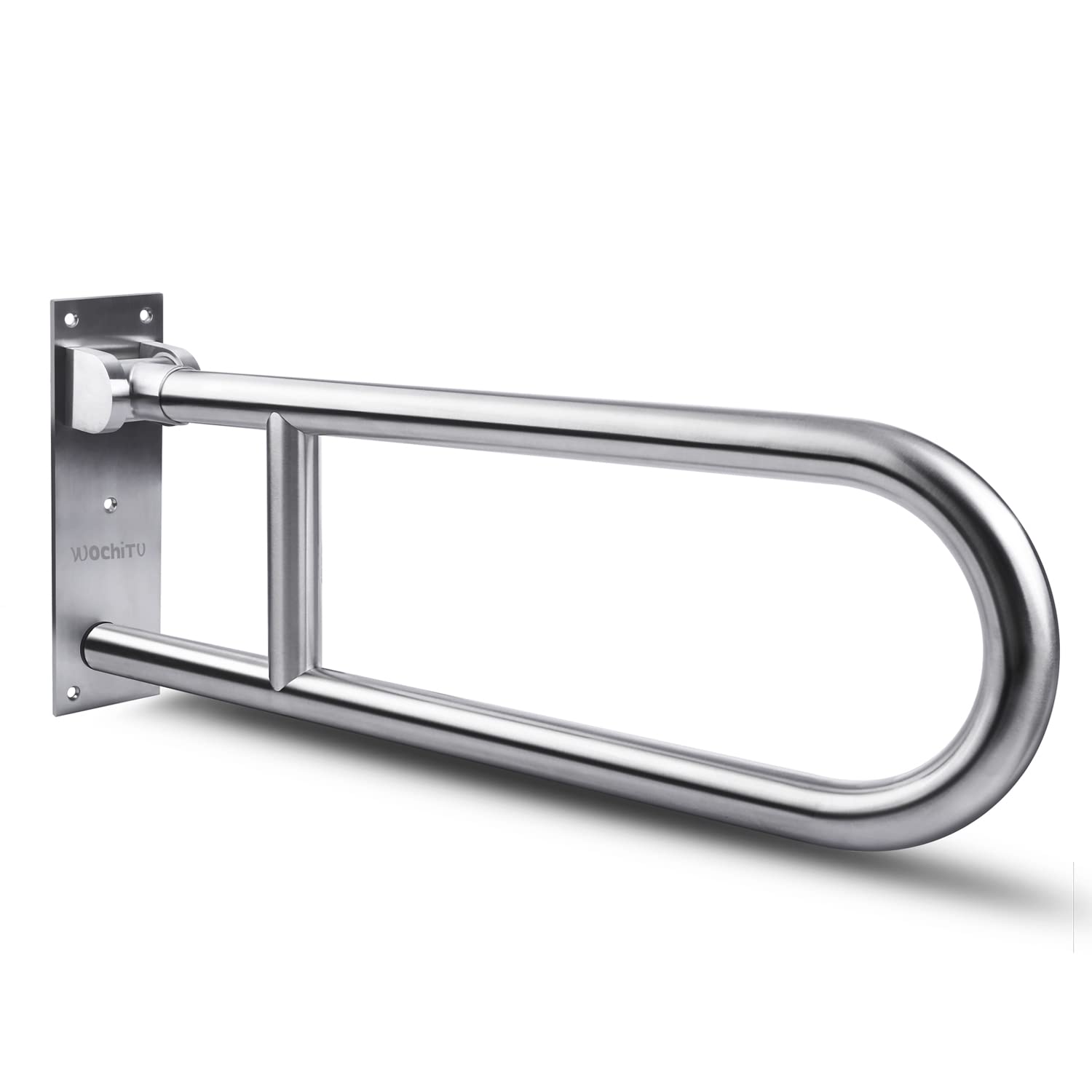

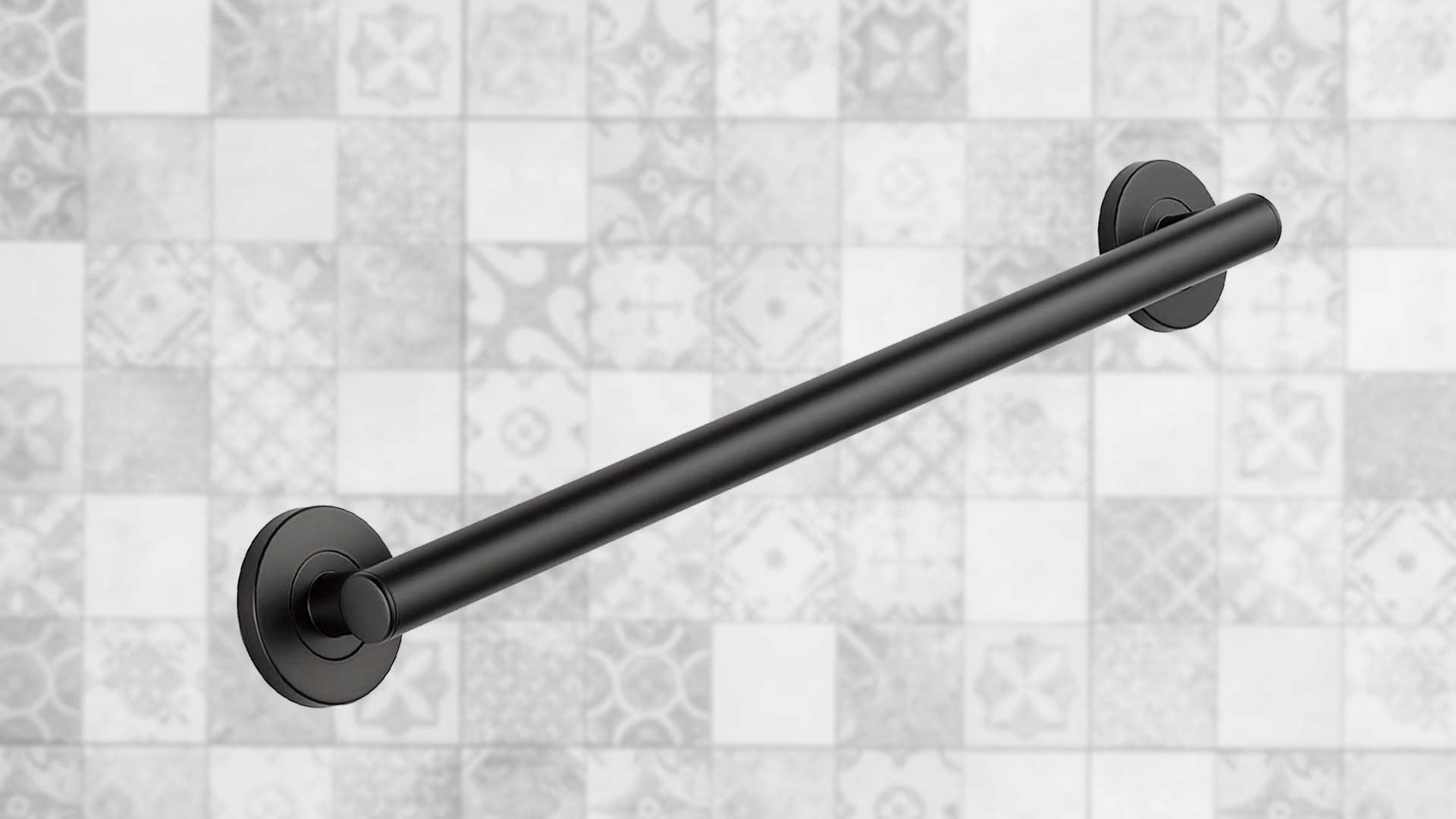
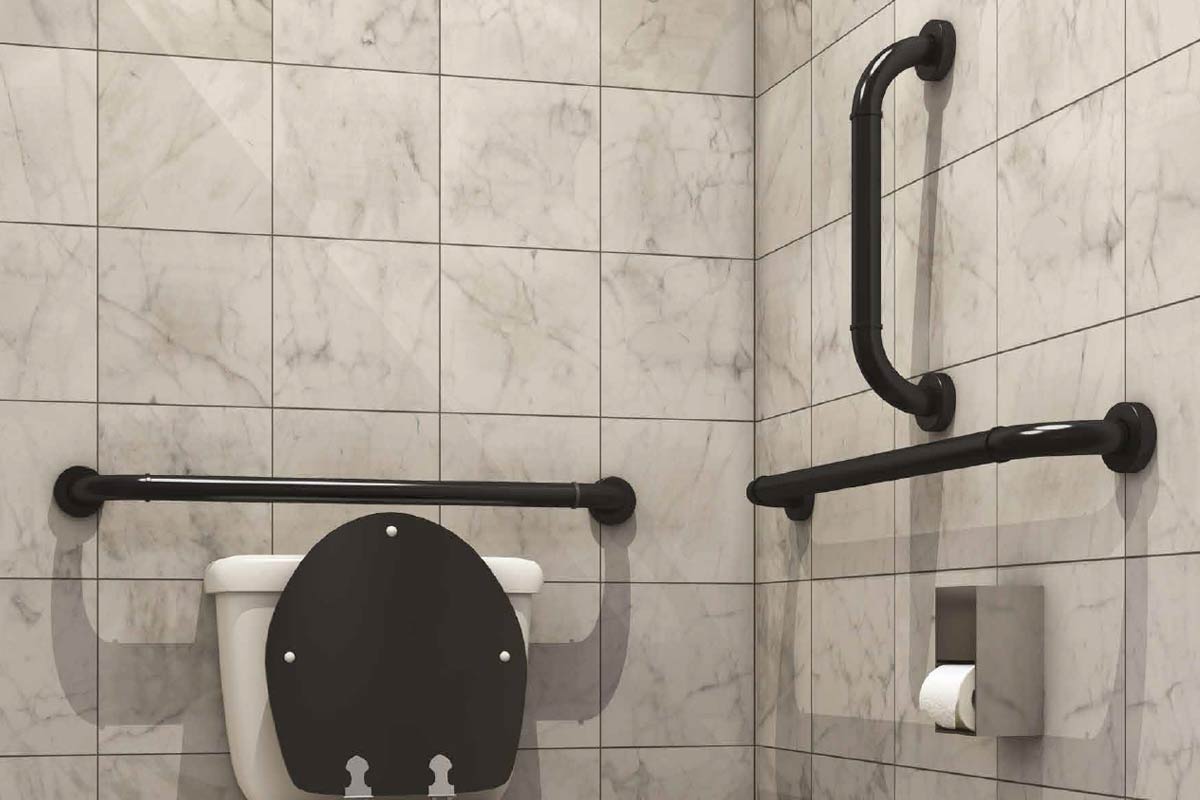
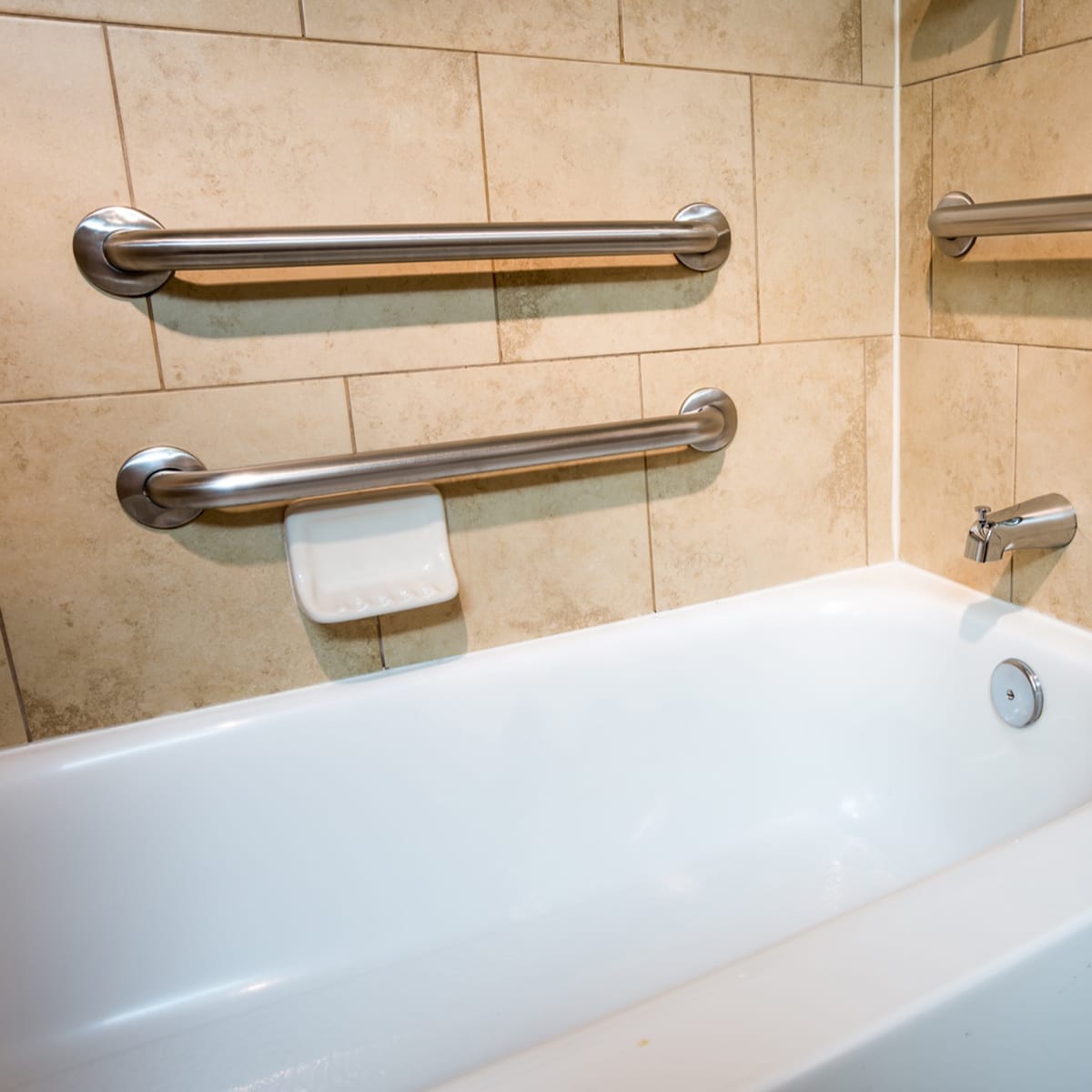

0 thoughts on “How High Should Shower Grab Bars Be?”